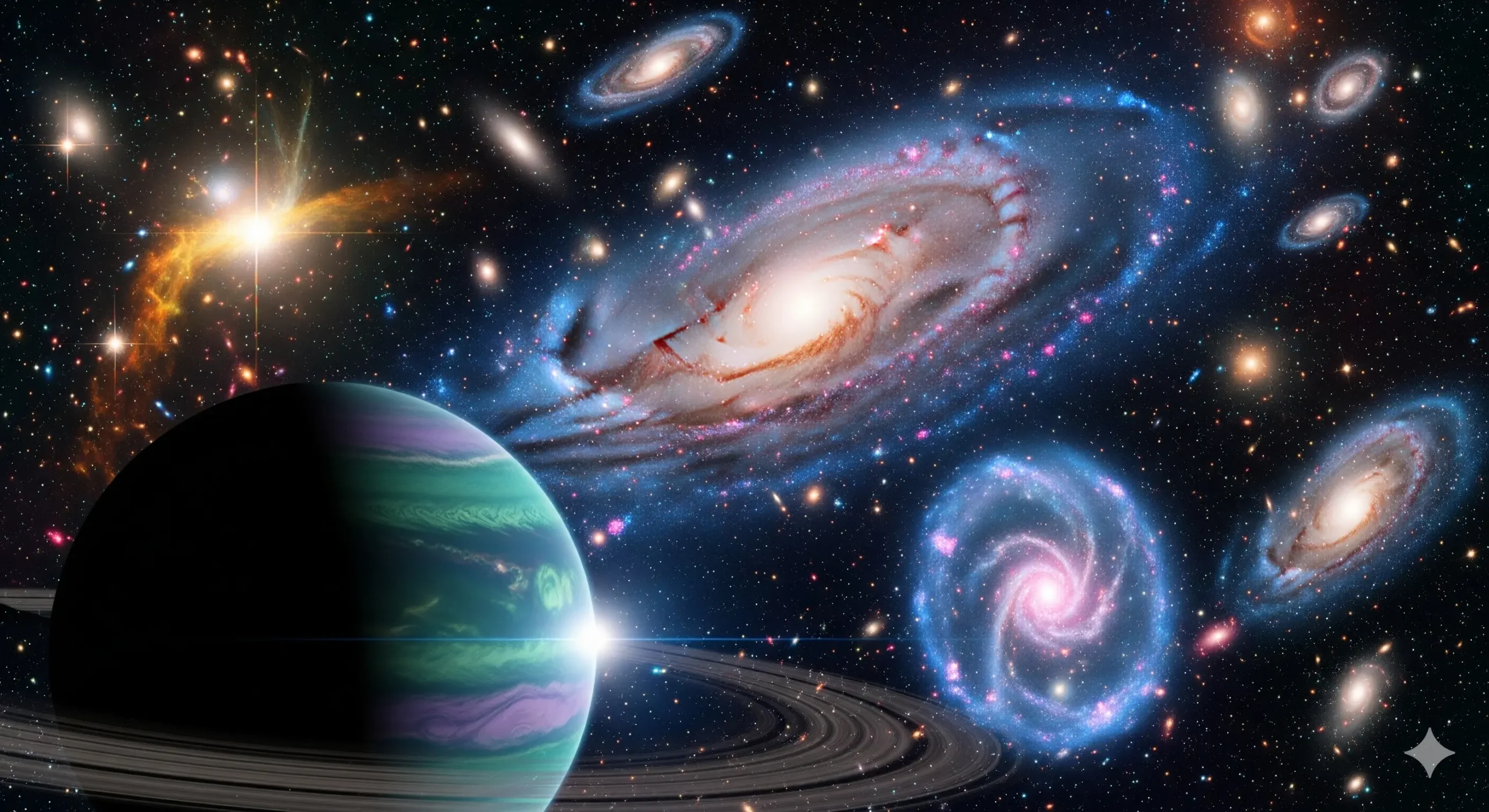Space is full of mind-bending extremes, from stars that pack more mass than the Sun into city-size spheres to planets where it literally rains glass; here are five of the most compelling facts explained simply and accurately.
5 Interesting Space Facts.
1) Neutron stars are city-sized but ultra-dense
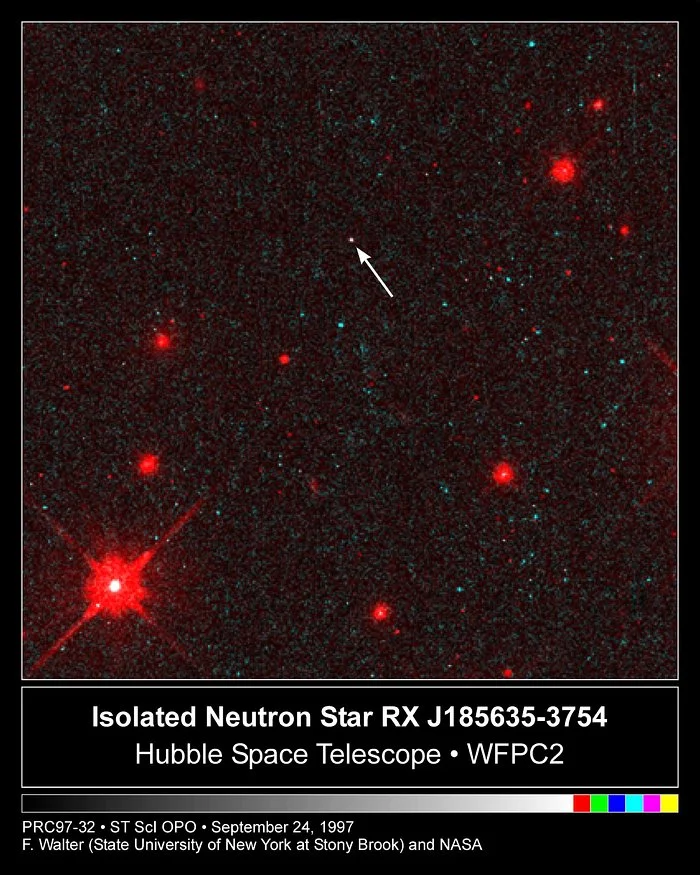
When a massive star ends its life in a supernova, its core can collapse into a neutron star—an object roughly 20 kilometers across that crams more mass than the Sun into a volume the size of a city. A teaspoon of neutron-star material would weigh about a billion tons on Earth, and these stellar remnants can spin hundreds of times per second, sweeping space with lighthouse-like radio beams. This extreme density comes from protons and electrons being crushed into neutrons, creating matter supported by neutron degeneracy pressure.
2) There’s a giant “water vapor cloud” in deep space
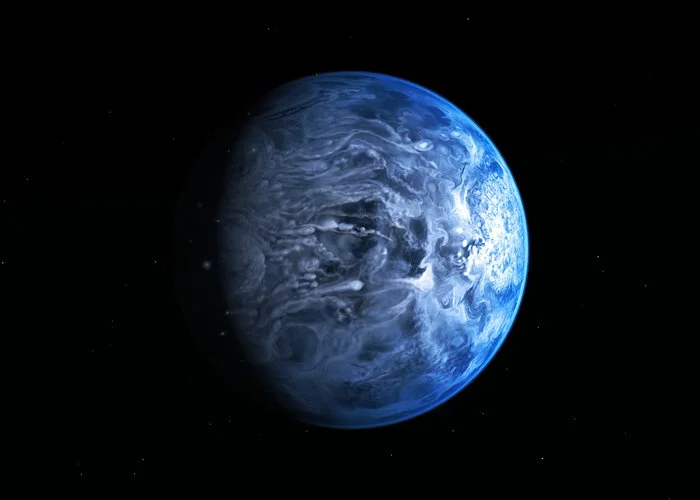
Astronomers have detected a vast reservoir of water vapor surrounding a quasar more than 12 billion light-years away, containing enough water to fill hundreds of trillions of Earth’s oceans. This water exists as hot vapor in the gas around a supermassive black hole actively feeding, revealing that water—a key ingredient for life—has been present in the universe since comparatively early cosmic times. Observations like this help scientists understand how molecules form and survive in extreme, energetic environments.
3) On some exoplanets, it rains glass sideways

The exoplanet HD 189733b, a “hot Jupiter” about 64 light-years away, endures winds over 5,000 mph with scorching temperatures and clouds laced with silicate particles. The result is glass-like particles blowing sideways in supersonic winds, a product of the planet’s close orbit to its star and the resulting atmospheric chemistry and dynamics. This showcases the wild diversity of planetary weather across the galaxy compared to familiar Earth conditions.
4) The coldest known place is a nebula, not deep space itself
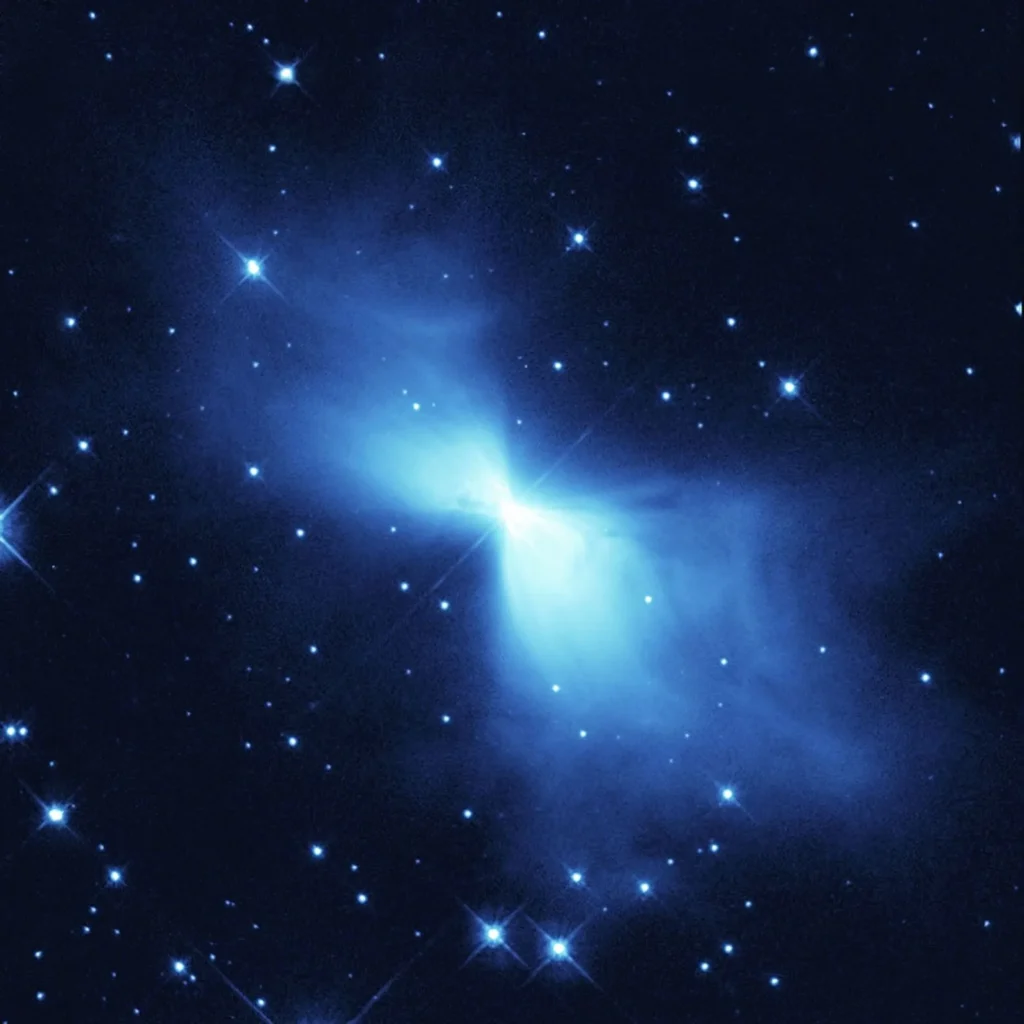
While space is cold, the Boomerang Nebula—an expanding cloud of gas from a dying star—reaches a record low of about 1 Kelvin, even colder than the cosmic microwave background at 2.7 Kelvin. Its ultra-cold temperature comes from gas expanding so rapidly that it cools below the background radiation, much like how expanding gases cool in a refrigerator. This counterintuitive result reminds us that astrophysical processes can beat even the universe’s “ambient” chill.
5) A single black hole can fling stars out of the galaxy
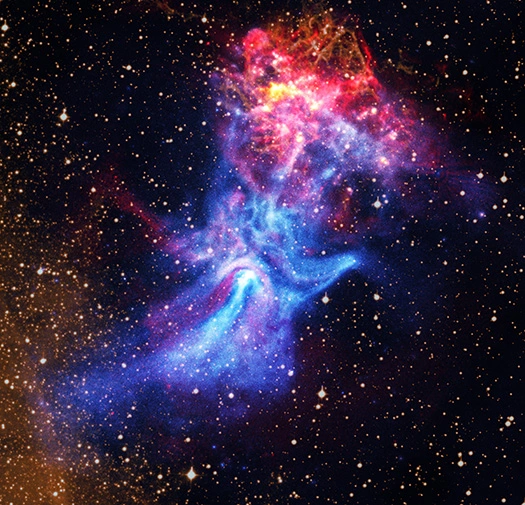
Supermassive black holes lurking in galactic centers can act like gravitational slingshots, especially when interacting with binary stars or during galactic mergers. Some stars get ejected at hypervelocity—thousands of kilometers per second—fast enough to escape the galaxy entirely and wander intergalactic space. These events help researchers trace the invisible mass and dynamics near black holes and map the Milky Way’s gravitational potential.
FAQ’s
What is the most extreme object in space?
Neutron stars and black holes are top contenders due to density and gravity.
How cold is space?
The cosmic microwave background is about 2.7 K, but spots like the Boomerang Nebula can be even colder.
